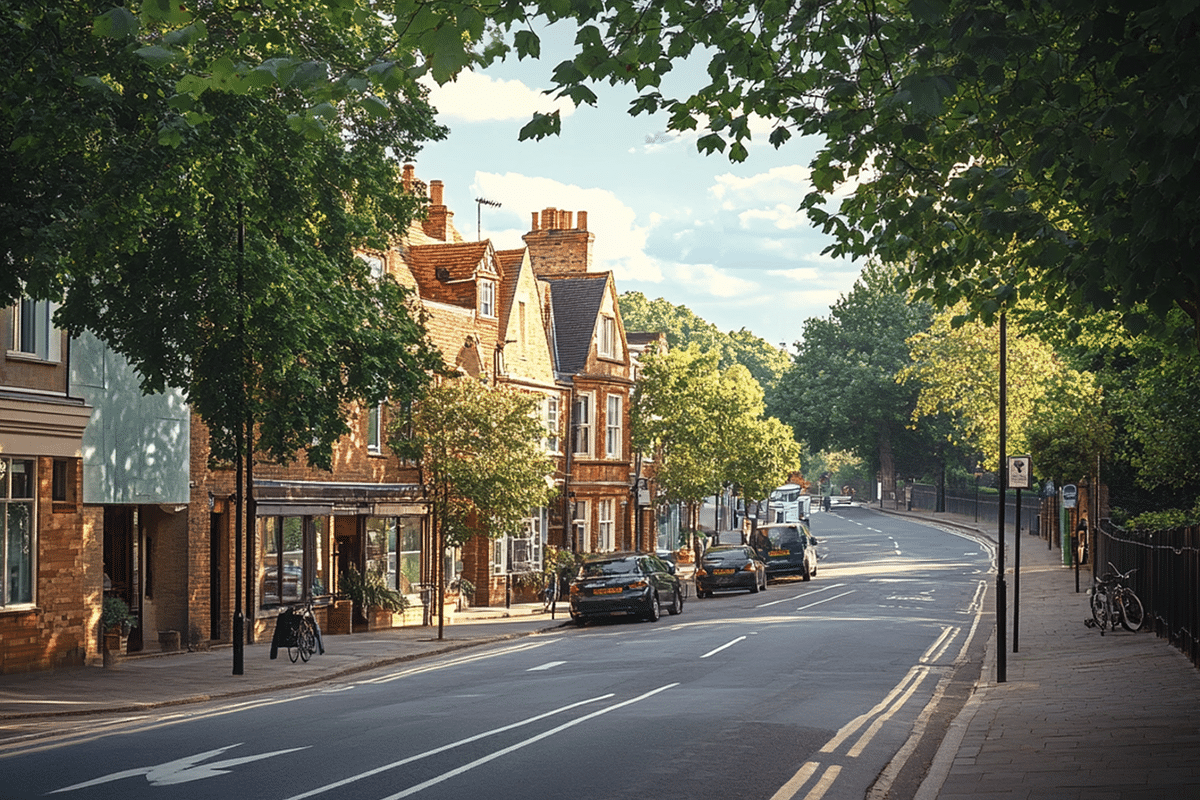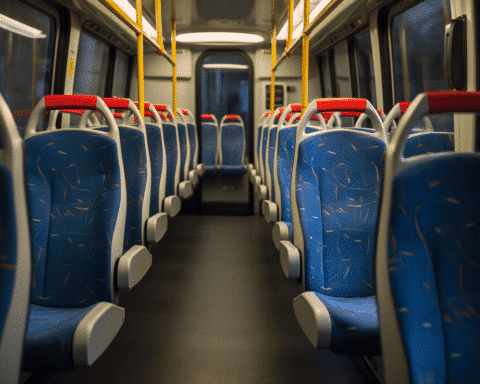A comprehensive proposal outlines the construction of 12 new towns across England, designed to prioritize walkability, sustainability, and accessibility. These towns aim to address housing demand while fostering greener living spaces and reducing car dependency, setting a transformative vision for urban development.
A New Approach to Urban Living
The plan, developed by thinktanks Britain Remade and Create Streets, aims to deliver 550,000 well-designed homes strategically located near major infrastructure and productive cities. This initiative is projected to contribute £13-28 billion annually to the economy by improving access to high-paying jobs and essential services.
Unlike past efforts, these towns will embrace the principle of “gentle density,” ensuring that homes are closer together while avoiding sprawl. This design encourages residents to walk or cycle to shops, workplaces, and other amenities, reducing the reliance on cars and minimizing environmental impacts.
Design Priorities and Standards
The proposed towns will feature abundant green spaces, including gardens, tree-lined streets, and public parks, creating environments that are both beautiful and functional. These green areas will be thoughtfully planned to be distinctly private or public, fostering a sense of safety and community.
The proposed developments will emphasize sustainability by aligning with the Future Homes Standard. This includes ensuring high-quality insulation, integrating energy-efficient heat systems, and equipping homes with solar technology. These measures aim to cut carbon emissions and reduce heating expenses, supporting broader environmental goals.
Addressing Past Challenges
Over the past 60 years, government-led attempts to build new towns have often fallen short. Issues such as sprawling suburbs, car dependency, and poorly designed civic centers have hindered their success. This new proposal seeks to avoid these pitfalls by focusing on integrated, mixed-use developments that cater to modern needs.
The new towns will avoid construction on national landscapes, flood plains, or sites of scientific importance. Instead, they will leverage existing and planned infrastructure, ensuring excellent connectivity through public transport and road networks.
Proposed Locations and Their Benefits
The plan identifies specific locations across England where these towns could thrive. Each site is strategically chosen for its potential to address housing shortages and boost local economies:
- Greater Cambridge: Expanding the city to provide housing and support innovation in laboratory spaces.
- Tempsford, Bedfordshire: A well-connected town leveraging links to Cambridge, Oxford, and London.
- Winslow, Buckinghamshire: Tied to the East West Rail, connecting to Oxford and Milton Keynes.
- Cheddington, Buckinghamshire: Positioned along the west coast mainline, benefiting from HS2.
- Salfords, Surrey: Addressing housing shortages in Brighton and London, with funding for transport upgrades.
- Greater Oxford: Supporting growth with homes and spaces for innovation.
- Iver, Buckinghamshire: Located near two Elizabeth Line stations for excellent connectivity.
- Hatfield Peverel, Essex: Expanded along the railway and A12 for optimal access.
- Bristol Extension: Targeting the region’s severe housing shortages while respecting green belt restrictions.
- Chippenham, Wiltshire: Organic expansion of the town with gentle density housing.
- York: Easing the housing crisis in the north by extending the city to its ring road.
- Arden Cross, Birmingham: A new town near HS2, Birmingham airport, and major roadways.
Economic and Environmental Impact
Building at gentle densities ensures efficient land use while significantly reducing carbon emissions. Research indicates that urban residents emit 50% less carbon compared to those in suburban areas. This plan aligns with the need for a “modal shift,” enabling people to meet daily needs without relying heavily on cars.
The development also highlights the economic potential of better-connected towns. These new communities will provide easier access to England’s most productive cities, fostering job growth and innovation.
This proposal envisions a future where new towns seamlessly integrate functionality, sustainability, and visual appeal. By learning from past challenges and utilizing modern urban planning methods, these projects aim to redefine how people live and work in England. Prioritizing pedestrian-friendly designs, abundant green spaces, and lower emissions, these towns present an innovative solution to the country’s housing demands.



